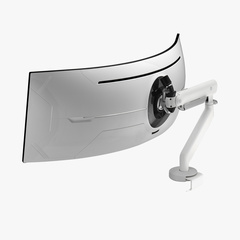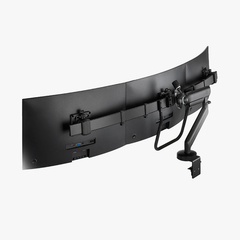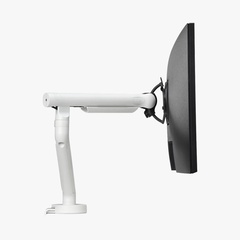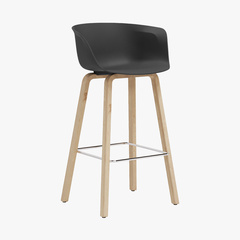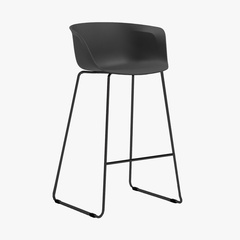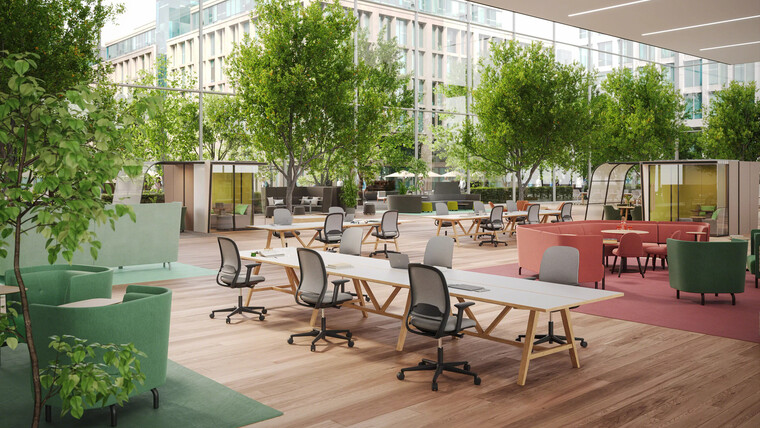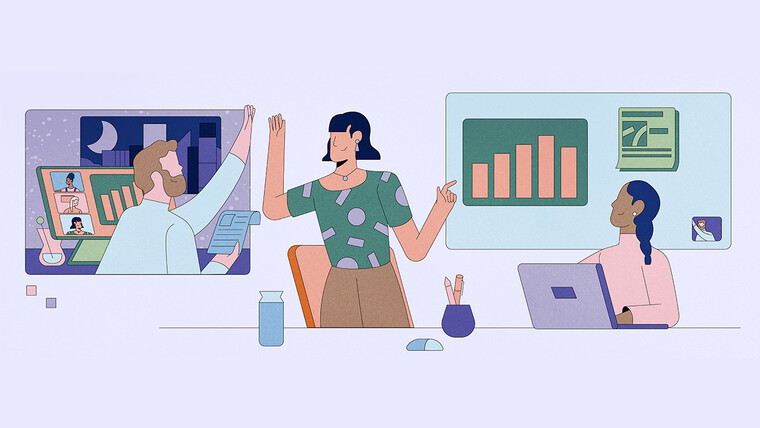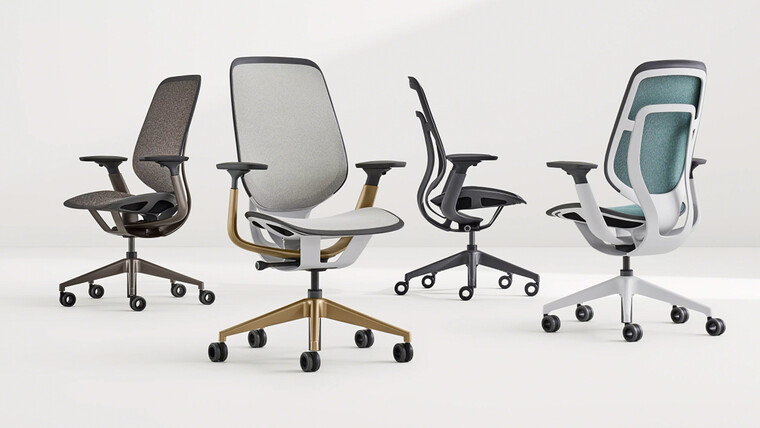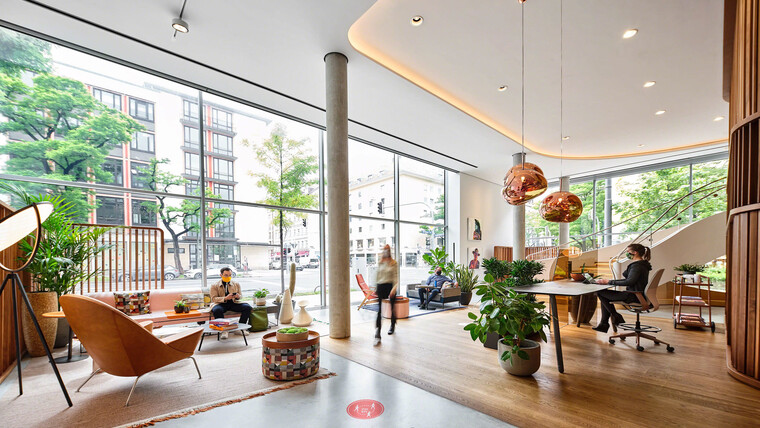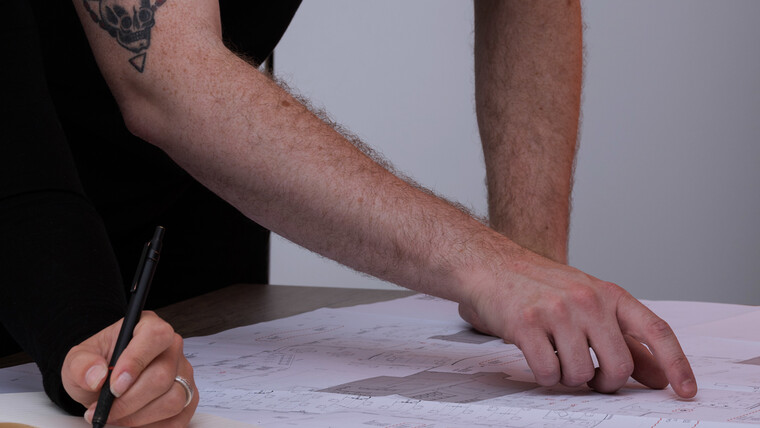What is the Meaning of a Circular Economy?
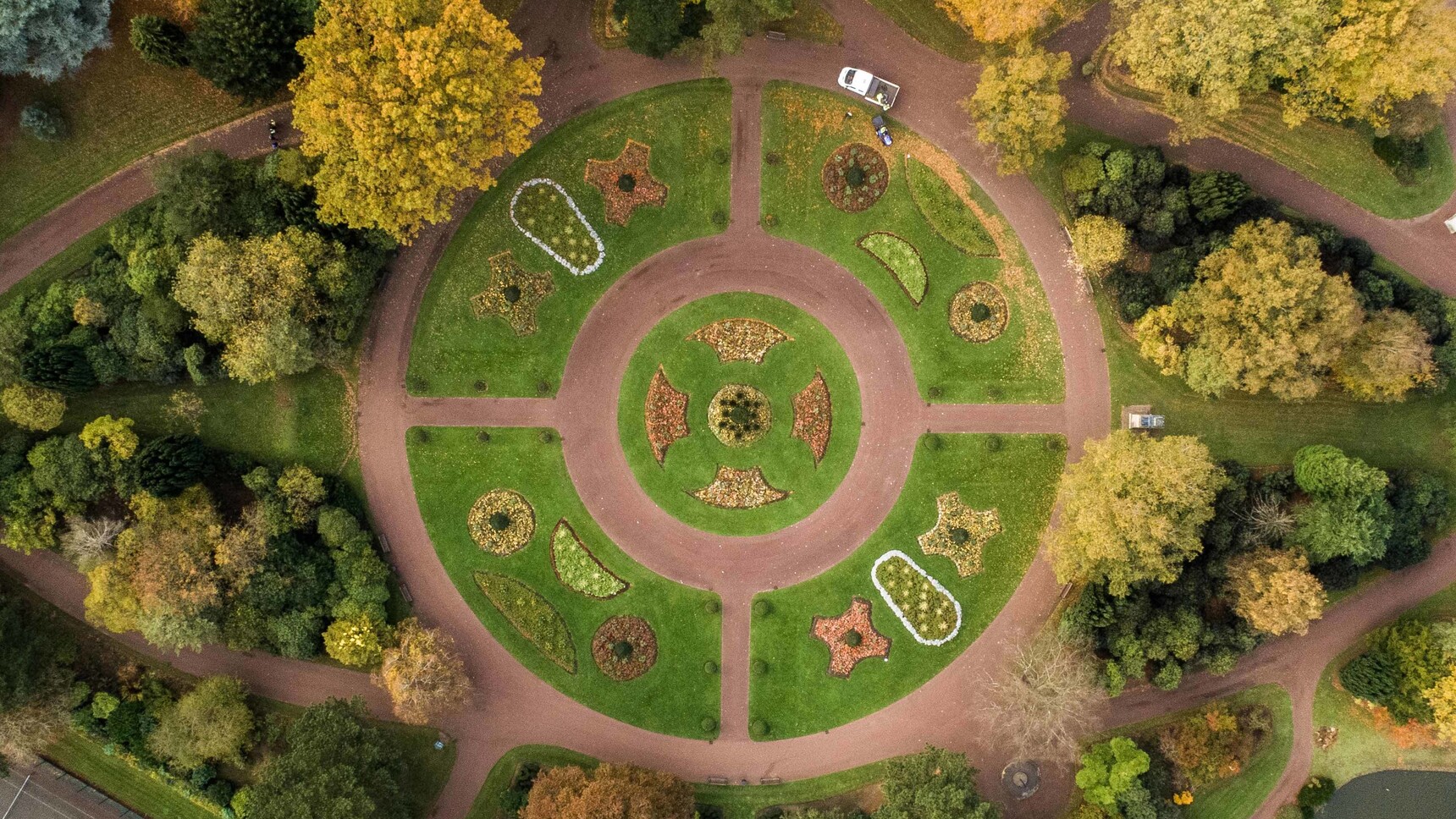
Besides climate change, one of the biggest threats to our planet is the acquired waste that builds up in landfills every single day. Our plastic problem is out of control and past the point of trying to undo what has already occurred. The take-make-waste model is one that many people inadvertently follow, the practice of taking and collecting materials to create a product that is simply thrown away.
Our throwaway and waste culture has only increased in recent years, with many adopting the view that goods can be purchased now and disposed of later, without consideration of where such items may end up.
Circular economy aims to put a stop to such behaviour, particularly within commercial circles. To help explain what this actually means, we’ve dug a little deeper into the meaning of the circular economy and examined how your business can adopt the environmental principle.
What is circular economy?
Circular economy is a practice that essentially aims to decrease the usage of finite resources, and instead, encourage people to reuse what already exists to reduce waste.
This may sound straightforward but our throwaway-culture thinking encourages us to simply dispose of redundant items and this type of linear economy is where our behaviours and decision making needs to change.
Imagine a world where nothing was thrown away but instead broken down into parts, materials reused, metal remelted and wood repurposed. That is precisely what circular economy is trying to achieve.
Its main principle concentrates on designing products in such a way that no waste or pollution is produced when their use is spent. In literally ‘designing out’ the waste, there’s the possibility that all products can be broken down when they’re no longer needed and turned into something entirely different.
Where sometimes waste materials are required, such as plastic food packaging, a circular economist would consider how this single-use plastic can be gathered ready to be cleaned and reused. While the idea sounds simple, it could be that no new plastic needs to be created at all, and we can simply use what we already have.
Sometimes, the circular economy isn’t just about visible products or items either, but about the amount of energy that’s being wasted and pollution being pumped into our atmosphere.
When more products reuse materials, we’re reducing carbon dioxide emissions; The Ellen MacArthur Foundation claims that there could be a 48 percent CO2 reduction by 2030.
What is circular economy in business?
Generally, there isn’t much that consumers can do to introduce circular economy into their lives. Perhaps they could upcycle furniture or use plastic bags more than once, but the main change needs to come from above - from the manufacturers, producers, and designers of the products that they consume on a regular basis.
One example would be a company hiring out or leasing items instead of encouraging people to buy their own. The products can be returned and hired out multiple times.
Products, particularly appliances, that are looked after will inevitably last longer, so manufacturers could offer regular services as part of the purchase deal. Designers and engineers could encourage the use of good-quality parts and materials to maximise the lifespan of the machine, avoiding plastic parts that could break and swapping them out for stainless steel that lasts and can be melted down for reuse when the machine is out of action.
And businesses can make changes that don’t affect their consumers too. Most businesses require a building, a headquarters where staff can work from, and circular economy can be applied to this space too.
Refits and fit-outs are common, particularly when you want to shake up an office space to make it feel fresh, but what happens to the used furniture? Some fit-out companies, including us at Hunts Office Furniture, will break down the furniture for parts where possible and recycle where they can, reducing the amount of surplus furniture that is sent to landfill.
Why do we need a circular economy?
There are tons of benefits to circular economy, which may explain why more and more businesses are doing their research and adopting the approach.
As the global population increases, the need for products and materials isn’t going to go down - that’s only going to go up too. But the planet has a finite amount of resources that it would be impossible to continue using for the next 10, 20, 50 years. This is why sustainability is key.
Circular economy could reduce the number of materials that we need to harvest. Fewer trees could be cut down, which could improve biodiversity and reduce carbon emissions. According to European Parliament, a shocking 45 per cent of all CO2 emissions that are produced every day is caused by the production of materials.
So what if this production wasn’t as necessary because we already had all the materials we need from items that can be recycled, reused, or repurposed?
EU Parliament also goes on to say that an increased focus on a circular economy could create around 700,000 jobs in the EU by 2030, thanks to “stimulating innovation” and “boosting economic growth.
Reduce consumption
Just one of the ways we can all do our part is by reducing the amount we consume, particularly plastic and other materials that just can’t be broken down or recycled. This could include swapping plastic bags for biodegradable ones, repurposing clothing instead of adhering to ‘fast fashion’, and going paperless in an office environment where it may not be needed. Some companies and cities, particularly Toronto, are even taking food waste and composting it to create biogas that can fuel their commercial trucks and lorries.
When it comes to having an office fitted out, you can ensure that the used furniture is disposed of in the correct way, recycled where possible, to reduce perfectly good items of furniture from going to landfill. There may be other small changes you can make in the office too, such as providing staff with reusable glasses or metal bottles instead of relying on single-use plastic cups at water fountains.
Look after equipment
This is something we’ve briefly touched on, but it’s an important point. The more we can look after the items, appliances, and belongings we own, the better. Longevity results in fewer product replacements, which would have an impact on our carbon emissions and the production of materials.
Can it be arranged that office computers are serviced regularly, having parts replaced that may be worn out instead of just throwing the machine away? This also goes for any appliances that your business may own, including dishwashers and microwaves in staff kitchens to boilers that heat the building.
Broken or old furniture can be refurbished and fixed instead of just thrown away. When this is the case, it could last another few years, and even when it is past the point of fixing, the wood could be repurposed for other things.
Redesign your own products
Being circular rather than linear goes past your office space or headquarters. If your business is a manufacturer, think about how you can redesign your own products to reduce the amount of unrecyclable materials and increase the ways in which they can be repurposed.
Can the packaging be reduced? Packaging accounts for a huge amount of daily waste, so any way in which you can reduce the amount of plastic or bubble wrap is a bonus. You may be able to swap bubble wrap for biodegradable foam peanuts, remove unnecessary containers, reduce the amount of free space that needs to be filled with padding or encourage product refills so the customer doesn’t need to repurchase the product in brand new packaging.
You should be creative and innovative when redesigning your products to fit them into a circular economy.
Related content

